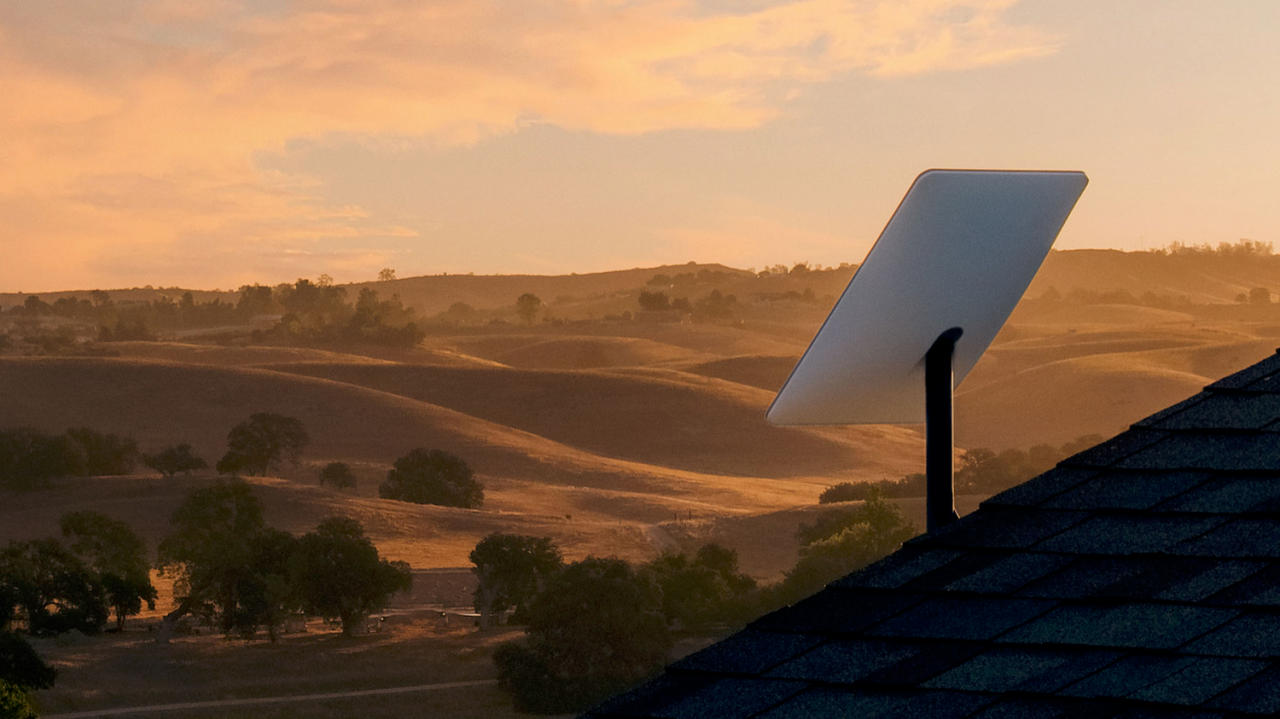Elon Musk wants to take us to Mars. You, me, our businesses—our entire species. But while he’s aiming for the stars, he’s also building a dense layer of debris that could keep us from ever getting off the ground. So, the question is: are we actually building the future—or quietly fencing it off?
Mars: the symbol of next-level business ambition
Talking about Elon Musk is not just talking about rockets, electric cars, or social media. It’s about embracing the most radical business philosophy of our time—one that doesn’t settle for improving a product but aims to rewrite civilization’s trajectory.
With Starship—the tallest rocket ever built—and a target date between 2029 and 2031 for the first human mission to Mars, Musk isn’t just building transportation; he’s building mythology. For visionary business leaders, there’s a mirror here. The ambition to do something so complex it borders on madness—until it works.
But between the launchpad and that glorious future, there’s a growing shadow. And it’s a lot closer than you think.
Starlink: the network that connects the world—and clutters its orbit
With over 7,000 satellites flying just 500 km above our heads, Starlink is the largest and fastest communication network on the planet. For global operations, remote logistics, and underserved regions, this is a game-changer. Real-time connectivity anywhere on Earth.
In conflict zones like Ukraine, Starlink has already proven invaluable for drone guidance and secure communication. In rural areas, it has brought connectivity where no one else would.
But every piece of groundbreaking technology has a second edge. One that most companies—and governments—ignore until it’s too late.
The hidden cost of hyperconnectivity
Each of those 7,000 satellites is flying at 8 kilometers per second. Each has a useful life of about five years. And Musk plans to expand to 40,000 units in orbit.
For businesses relying on satellite systems—whether for logistics, AI, or communication—this presents a scenario where orbital collisions, outages, or network failures aren’t sci-fi scenarios but real operational risks.
Here’s what we’re dealing with: over 1,600 evasive maneuvers every week. More than 50,000 course corrections in six months. Over 40,000 cataloged fragments of orbital debris. The environment around Earth is no longer a blank canvas—it’s a traffic jam.
The Kessler syndrome: when the future becomes inaccessible
NASA consultant Donald Kessler predicted a scenario in which the exponential growth of space junk would cause frequent collisions, generating even more debris, leading to a chain reaction that could effectively close off access to space.
Now consider the implications: what happens when your supply chain relies on GPS and real-time analytics, and suddenly orbital pathways are blocked or degraded?
Today, over half of all active satellites belong to Starlink. And while deorbiting systems exist, they’re not fail-proof. In 2024, large Starlink debris fell on a Canadian ranch. These aren’t isolated incidents. They are wake-up calls.
What visionary companies need to understand—and act on
We are entering a new phase of digital transformation. Being “online” is no longer enough. The decisions made by tech giants—SpaceX, Meta, Amazon—are rewriting the infrastructure where your business operates.
Are you considering how orbital congestion might affect your operations in 2–5 years?
Is your innovation team factoring in space risk? Or are they still treating the orbital layer like sci-fi?
And what happens when your competitors aren’t?
The responsibility of leading in an unprecedented environment
At The Pineapple Corporation, we partner with companies that refuse to simply follow trends. They want to anticipate them, question them—and reshape them.
This is not anti-technology rhetoric. On the contrary, we love technology. But we love it enough to demand accountability, long-term thinking, and real sustainability.
We’re working with companies to audit their satellite dependencies, model orbital risk, stress-test communications resilience, and rethink how they operate in an increasingly unstable digital-physical landscape.
Beyond orbit: is your company ready for the future?
Space is no longer just for astronauts. It’s a strategic infrastructure layer. And whoever controls it will control communications, logistics, autonomous systems, surveillance, commerce, and defense.
Have you considered your exposure to satellite outages?
Have you planned for how orbital chaos could affect autonomous mobility, remote AI systems, supply chains, or real-time analytics?
Have you considered your exposure to satellite outages?
So what’s your move: wait for the impact—or design the radar?
- Audit your orbital dependency. Know how much of your business depends on satellite connectivity and infrastructure.
- Diversify your provider ecosystem. Don’t rely on a single constellation or tech partner.
- Invest in resilience. From local backups to offline-capable AI. Decentralization is trending again—and for good reason.
- Anticipate new regulations. The orbital chaos won’t go unregulated. Prepare for changes in compliance, taxes, and operational thresholds.
- Think like Musk, act like a leader. Dream of Mars, sure. But if you can’t secure operations on Earth, the dream collapses.
It’s not just space that’s at stake
What’s at stake is your business competitiveness. Your ability to make informed decisions. Your relevance in a world shaped by invisible infrastructure.
Will you look beyond the PowerPoint decks and actually prepare your organization for a future where space determines success?
At The Pineapple Corporation, we don’t just help you adopt technology. We help you master its consequences. Because only those who see the full system can redesign it in their favor.
Are you ready to launch toward your own Mars—without getting trapped in orbital debris?










